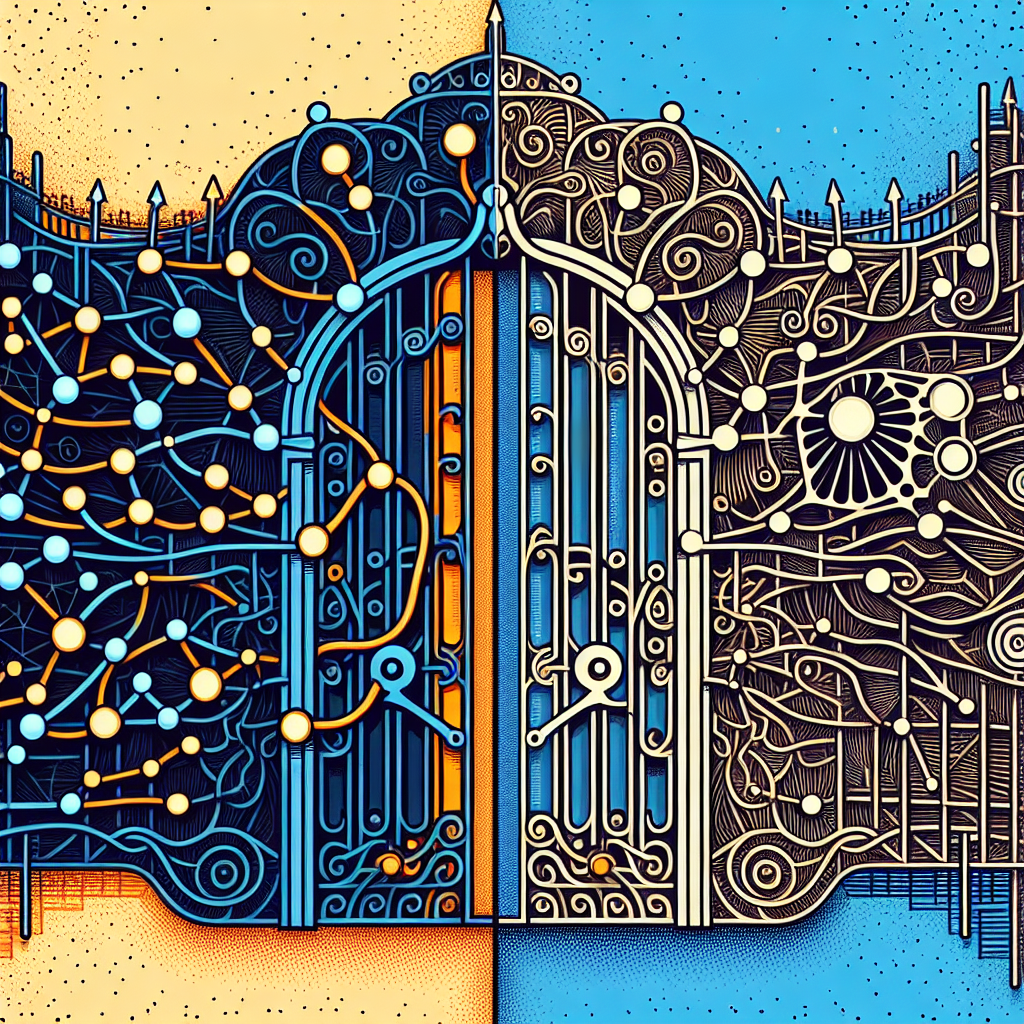Your cart is currently empty!
Unleashing the Potential of Recurrent Neural Networks with Gated Architectures

Recurrent Neural Networks (RNNs) have been a powerful tool in the field of deep learning for tasks involving sequential data, such as language modeling, speech recognition, and time series prediction. However, traditional RNNs have limitations when it comes to capturing long-range dependencies in sequences. This is where gated architectures, such as Long Short-Term Memory (LSTM) and Gated Recurrent Unit (GRU), come into play.
These gated architectures were introduced to address the vanishing gradient problem that occurs in traditional RNNs, which makes it difficult for the network to learn long-term dependencies. LSTMs and GRUs achieve this by incorporating gating mechanisms that allow the network to selectively remember or forget information at each time step, making them better suited for capturing long-range dependencies in sequences.
One of the key advantages of using gated architectures is their ability to effectively model sequences with varying lengths and capture dependencies that span across long distances. This makes them particularly well-suited for tasks such as machine translation, where the model needs to remember information from the beginning of a sentence to accurately translate it to another language.
Another benefit of gated architectures is their ability to handle vanishing and exploding gradients more effectively compared to traditional RNNs. This allows the network to be trained more efficiently and converge faster, making it easier to train deep recurrent networks for complex tasks.
Furthermore, gated architectures have been shown to outperform traditional RNNs on a wide range of tasks, including language modeling, speech recognition, and image captioning. Their superior performance can be attributed to their ability to learn more complex patterns and capture long-term dependencies in sequences.
In conclusion, gated architectures such as LSTMs and GRUs have revolutionized the field of deep learning by unleashing the full potential of recurrent neural networks. Their ability to capture long-range dependencies, handle vanishing gradients, and outperform traditional RNNs on various tasks make them an essential tool for anyone working with sequential data. By leveraging the power of gated architectures, researchers and practitioners can unlock new possibilities and push the boundaries of what is possible with recurrent neural networks.
#Unleashing #Potential #Recurrent #Neural #Networks #Gated #Architectures,recurrent neural networks: from simple to gated architectures

Leave a Reply